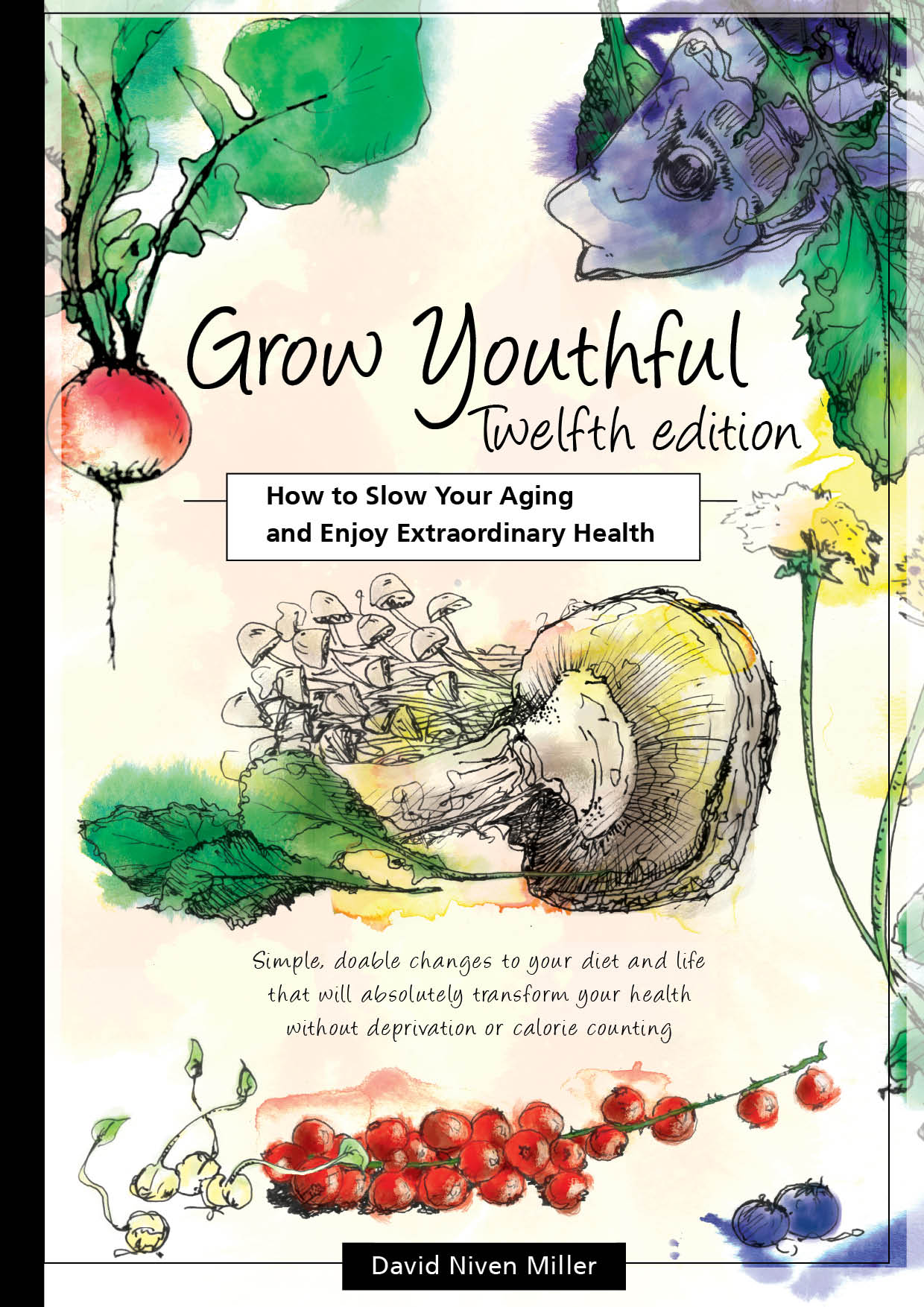
Ailment: Staphylococcus aureus
Remedy: Paw Paw (papaya)

Comment posted by Mad Professor of Perth, WA, Australia on 22 August 2012 at 15:14 719
YES
DISAMBIGUATION: Correction is required, since my submission re: Paw Paw was incorrectly titled as "Paw Paw (papaya)". Papaya (Carica Papaya, Family Caricaceae) is commonly called Paw Paw in Australia, but is in fact NOT Paw Paw, neither is it related to Paw Paw. It is a small tropical to subtropical tree, is not native to North America and does not express Acetogenins. Papaya is dioecious (separately male and female plants), Paw Paw is monoecious (hermaphroditic plants, hermaphroditic flowers). Paw Paw, a medium-sized sub-tropical to sub-temperate tree is Asimina Triloba and is also called "Prairie Banana" or "Hoosier Banana". The fruits of Papaya are hollow and the flesh is mango-like in colour and texture. The seeds are small, black, spherical and large numbers over a hundred cluster on the flesh inside the fruit's hollow. The fruits of Paw Paw are not hollow and the flesh is banana-like in colour and texture. The seeds are large, irregularly shaped and are embedded in the flesh. A single fruit would not contain more than three-dozen seeds.
Comment posted by Mad Professor of Perth, WA, Australia on 21 August 2012 at 23:49 718
Firstly, I have not used the treatment - Paw Paw (Asimina Triloba, Family Annonaceae) is not available in Australia. Readily available to people in North America, where it is native. It is related to Graviola, Custard Apple and Ylang Ylang.
Paw Paw expresses over fifty different long chain lipid lactones called Acetogenins, including several that are currently ranked as the most potent anticarcinomic agents known to medical science. Trilobacin and Asiminocin in particular have ED50 (more correctly IC50) values against prostate cancer cells of less than 1 attogram per millilitre, or a million-million times stronger than Adriamycin. Another called Bullatacin has a prostate malignancy ED50 of less than one femtogram, or a thousand-million times stronger than Adriamycin for that particular cell line. Acetogenins are exceedingly selective to malignant cells in favour of healthy cells, due to a powerful affinity of the lactone group with Ubiquinone Oxidase, an ETC enzyme not found in healthy mammalian cells.
But Acetogenins are not effective against malignancies alone. They are also potent bactericidal, fungicidal and protozoicidal agents and furthermore, their particular mechanism of action means that they will work against resistant malignancies and resistant microbes. That includes MRSA (methycillin resistant) and VRSA (vancomycin resistant) Golden Staph.
Resistant staphylococci such as Aureus not only express anthoxanthins to gain immunity from hydrogen peroxide, but also have specialist protein efflux pumps, just as malignant cancer cells do. There may well be a link between the two, since bacterial, fungal and viral infection has a strong causality link with cancer, so by transmission of a virus from an infected bacterium, the malignant cell might have inherited the gene or RNA material needed to encode the particular types of efflux pump protein. (Well, that's speculation!) In any case, these proteins are embedded in the exterior membrane and they pump toxins out of the cell (or bacterium). That's their strength, yet it can also be their weakness. Protein pumps require enormous amounts of ATP to power the efflux process.
That's where the Acetogenins come into play. They inhibit Mitochondrial Complex I, the process of ATP production (in which CoQ10 plays such an important part in mammalian biology). The result is ATP depletion - also GTP, CTP & UTP depletion. MRSA, VRSA, NRSA and other drug resistant bugs have no mitochondria, but they nevertheless use precisely the same chemical process and in fact, we humans inherited it from ancient bacteria. So bacteria have no countermeasure for Complex I inhibition. One can, concurrently with Paw Paw, use a supplementary bacteriotoxic agent such as Berberine or source plants such as Barberry. The bugs are no longer able to get rid of the toxin, so it builds up in them and they die - drug-resistance regardless.
It's not all roses. Chronic use of Acetogenins is to be avoided, because human neurons are high-energy cells with high ATP requirements. Neuropathy akin to Parkinson's Disease can result, although it should be transient and eventually normalise slowly after dosing is stopped. The problem is observed in Caribbean people who eat too much Graviola.
Medicinal product sources advise users never to exceed 30 days' continuous use at prescribed doses from date first dosage, and to use for no more than one week in four thereafter. One should monitor for sensory and/or motor neural dysfunction and discontinue use immediately if symptoms manifest.
The principal source of Acetogenins in a standardised plant extract preparation like the Nature's Sunshine product is leaf and stem of the tree harvested in late Spring (May in the North or November in the South). This is the time when Acetogenins are in their highest concentrations and for most of the rest of the year, their levels are very low. The plant mainly expresses them at the height of the pest season. Concentrations at this time are also high in the bark and especially in the seeds of the unripe fruit.

